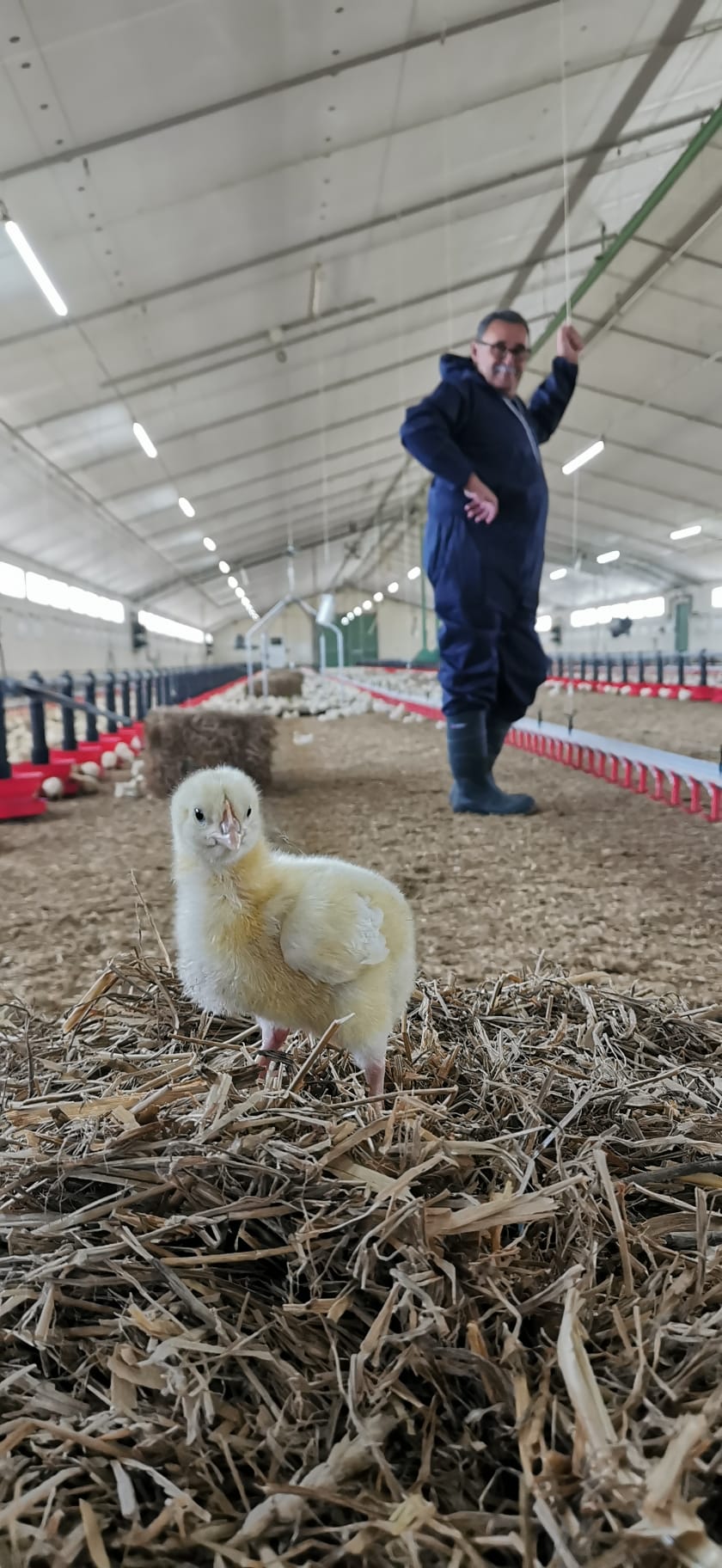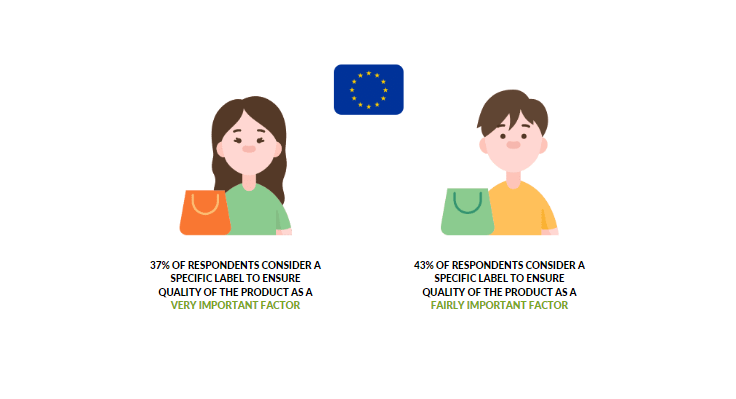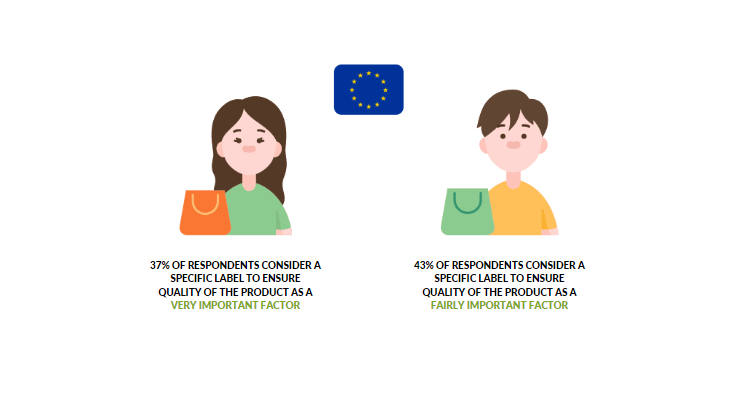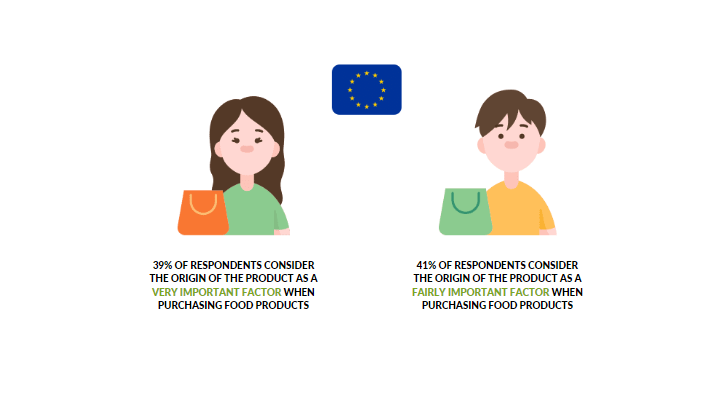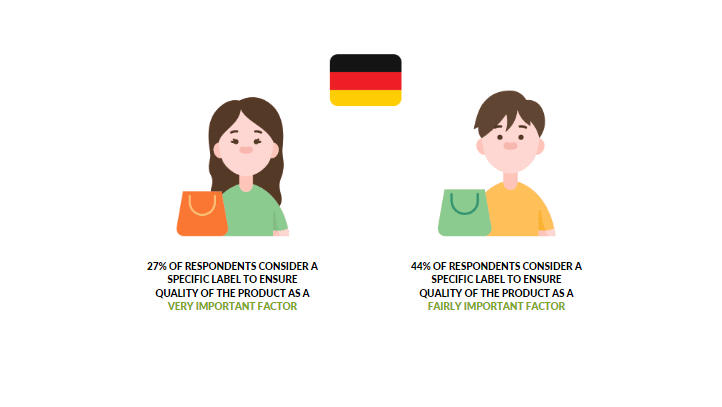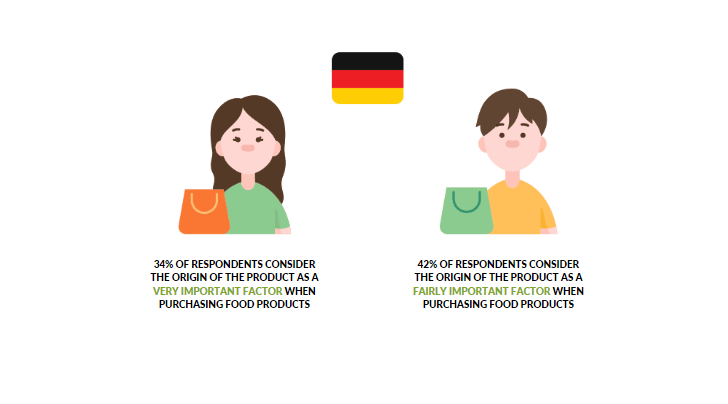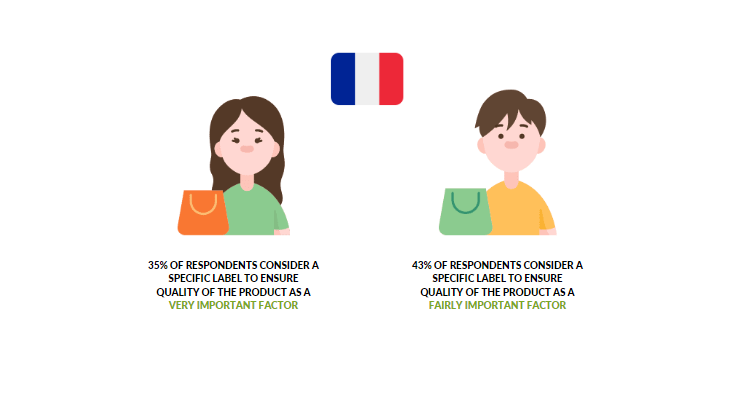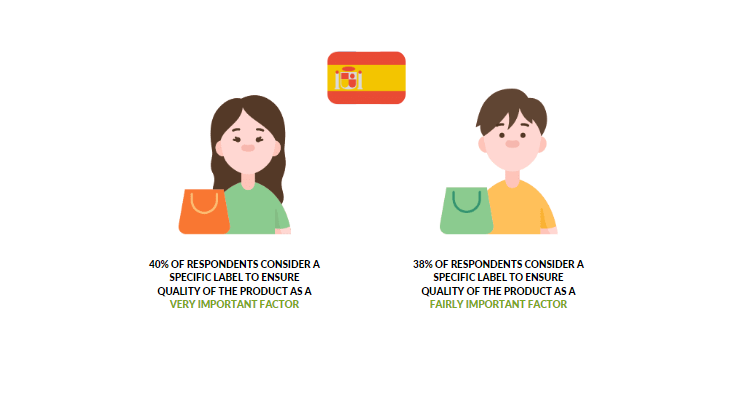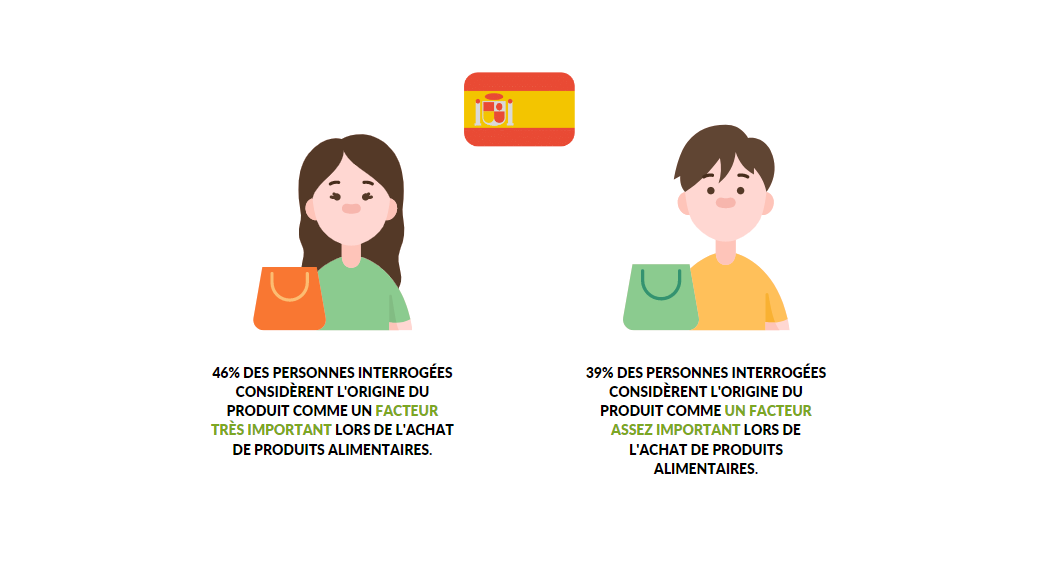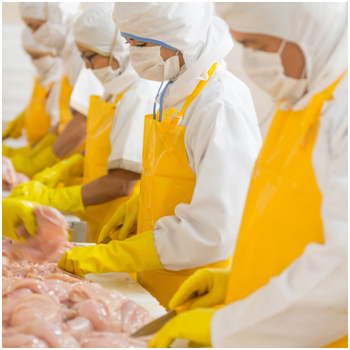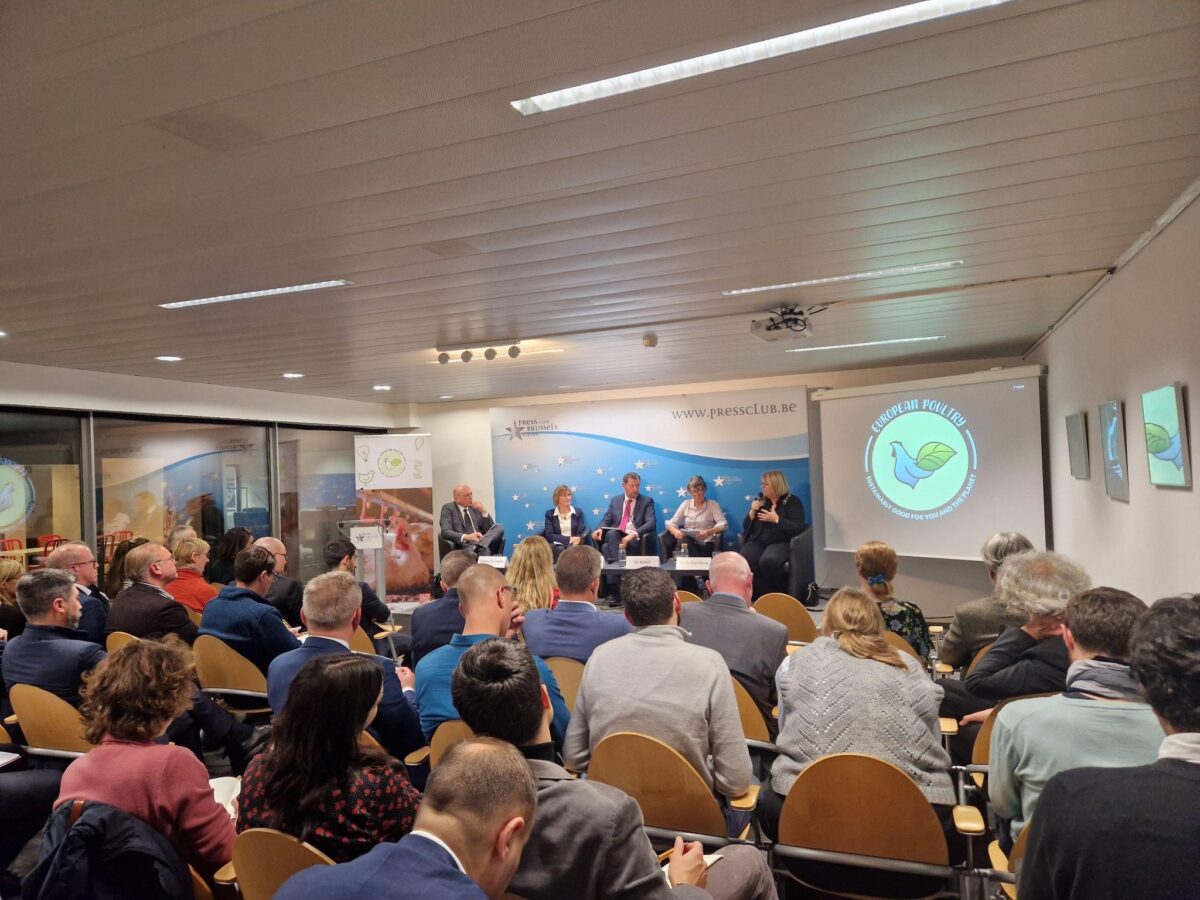The future is here: modern technologies in the European poultry sector
How the latest technologies contribute to a more sustainable sector
When thinking about the European poultry sector, an old-fashioned image might come to your mind. However, the European poultry sector employs some of the latest technologies in the world, contributing to a more sustainable production chain in terms of environment , society and economy.
Keep reading to find out more about the modern technologies in the poultry sector!
Nowadays, there is an imperative across different sectors to become even more cost-efficient. Achieving that goes hand in hand with following the latest technological developments
While the poultry sector is part of this modernisation tendency, cost-efficiency is just one of the aspects sought by the sector. This means involving new technologies in the production chain with the purpose of offering a product high in quality and respectful with the environment, the society and the economy.
But what exactly do these modern technologies imply?
Data analysis and exchange[1]
Collecting data on the state of the birds is achieved through AI methodologies and monitorization systems.
However, this data collection is not only limited to the state of the birds, but also to help manage the farms and assist farmers with optimizing production methods.
Modern services provide farmers and producers with remote and real time systems to control and look after the birds and everything around them, while also optimizing production through self-learning algorithms. These technologies also help farmers across Europe connect with each other to share data and results for the seek of this optimization.
Water and feed management[2]
One of the most important and modernized aspects in poultry farms is the management of water and feed for the birds.
This means monitoring and taking care of essential aspects such as feed and water quality and quantity, management, rationalization and other sustainable aspects such as implementation of zero energy bumps, rainwater and stormwater harvesting and treatment and general storage of water and feed in the farms.
These technologies of management help farmers with meeting objectives for weight of feed and conversion ratio in order to provide the birds with the best health and welfare conditions.
Feed improvement[3]
Ensuring the quality of the ingredients in feed composition in order to maintain and improve gut health for the birds, avoiding any medical conditions and, therefore, the use of antibiotics.
Through feed improvement, the microbiota of the animals is controlled and a better absorption of nutrients included in the feed.
Barn monitoring[4]
Services aimed at improving the performance and results of the barns in order to create a more sustainable environment for the birds. Such services include ventilation systems that can be fully and remote controlled by the farms.
Features and advantages like indoor climate monitoring helps in reducing mortality amongst the birds, adapting the indoors environment to the weather conditions, all with an optimisation of the energy.
Aside from these already employed systems, some other new technologies are being developed as a very interesting choices to help advancing poultry production, such as employment of 3d cameras to help controlling the birds’ weight, robots programmed to motorise poultry floor state and distribution and other robotic elements designed to interact with the birds without causing them any disturbance.[5]
All these advanced technologies are in continuous improvement and under innovation revision to provide the poultry with the best health and welfare conditions while helping the whole sector become more efficient and sustainable.
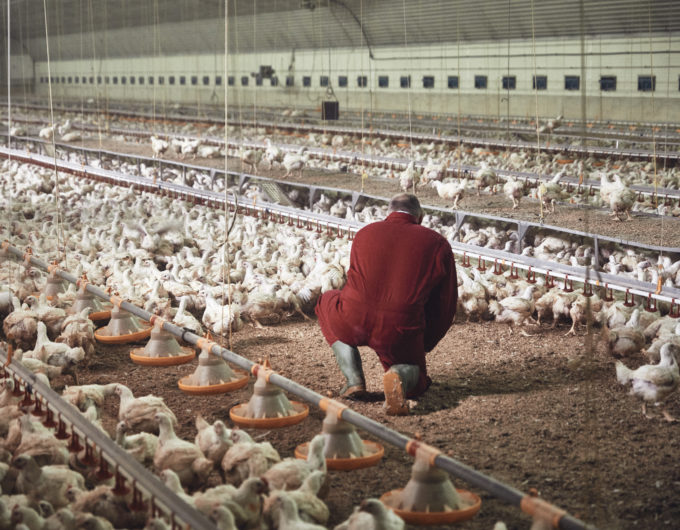
Promotion programme to inform about the Sustainable European Poultry Sector
SUST EU POULTRY is a two-year promotion campaign supported by the European Commission and launched by three national poultry associations and their European umbrella association (from Germany, France and Spain) with the main goal of raising awareness among European consumers and professionals about the sustainability of the European poultry sector and a product of great quality.
————————————————————————————————-
Additional information
PRESS CONTACT Ana María Martín ATLAS MARKETING STUDIO
internacional@atlasmarketingstudio.com | CONTACT AVEC Federica Chiarella AVEC SECRETARIAT
sust@eu-poultry.eu |
The content of the present advertising solely represents the opinion of the author and is the exclusive responsibility of the same.
The European Commission assumes no responsibility for the use that may be made of the information contained therein.
[1] OptiFarm
[2] AgriSmart
[3] Evonik
[4] Vencomatic Group
[5] WattPoultry- 3 technologies ready to advance poultry production
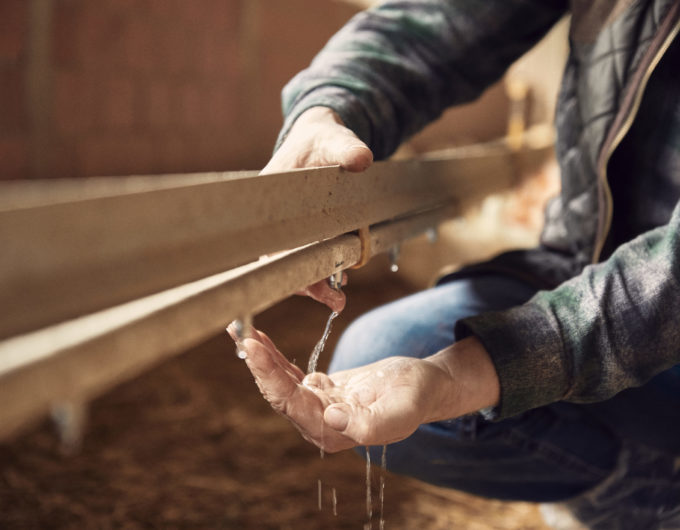


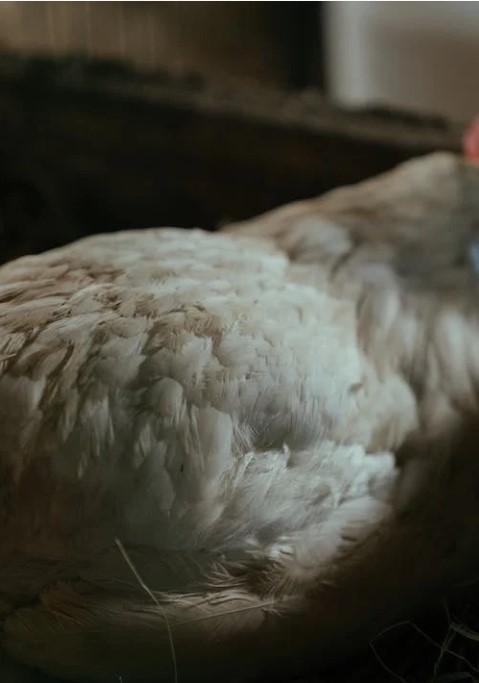 Around 68% of a chicken is detained for human consumption
Around 68% of a chicken is detained for human consumption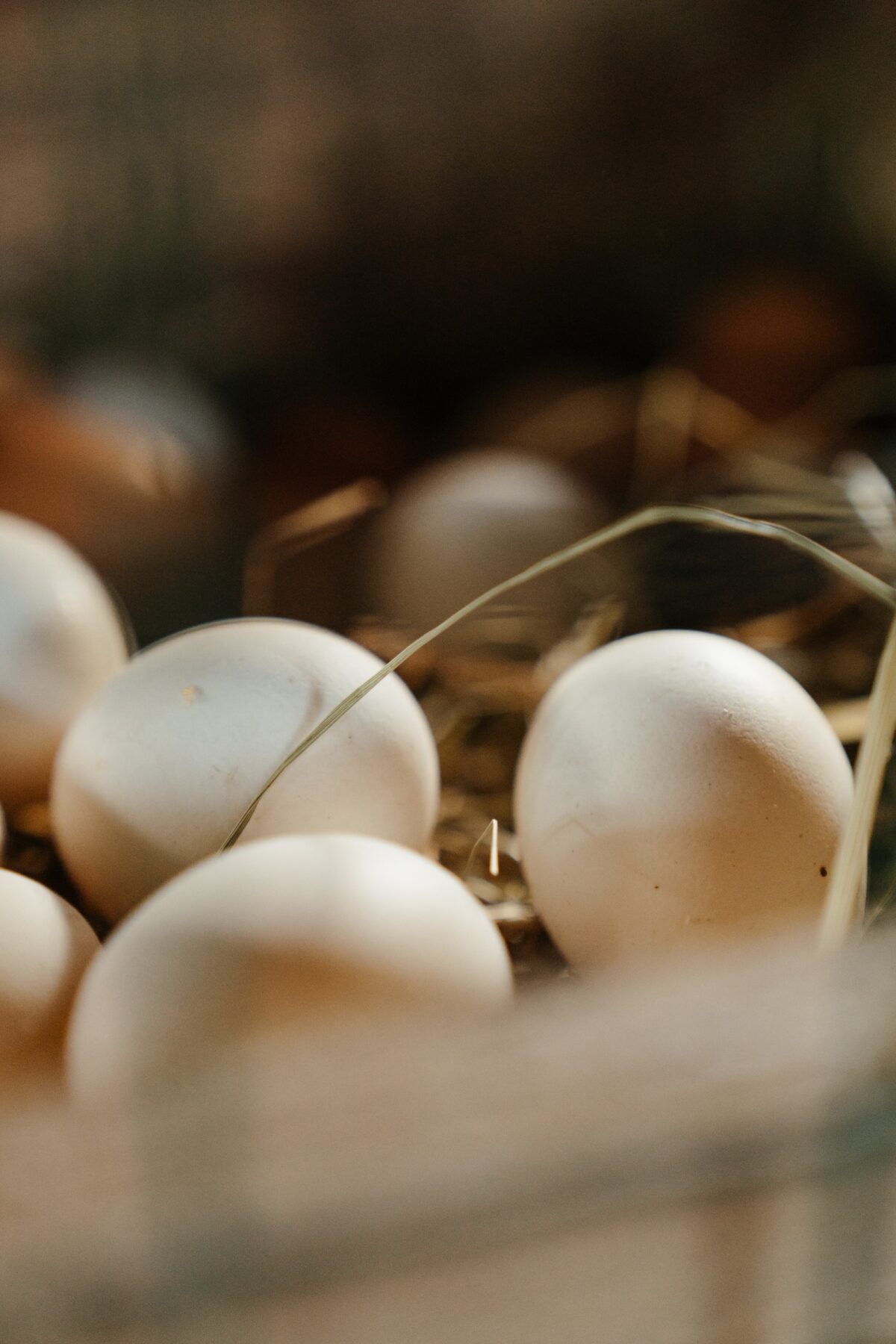
 As the first stage in the production chain, pedigree chicken groups are bred under strict hygiene conditions in specialised farms. To ensure the health and welfare of the animal and the quality of the later product, disease prevention controls and biosecurity are guaranteed through several aspects for health, welfare and egg productivity.
As the first stage in the production chain, pedigree chicken groups are bred under strict hygiene conditions in specialised farms. To ensure the health and welfare of the animal and the quality of the later product, disease prevention controls and biosecurity are guaranteed through several aspects for health, welfare and egg productivity.